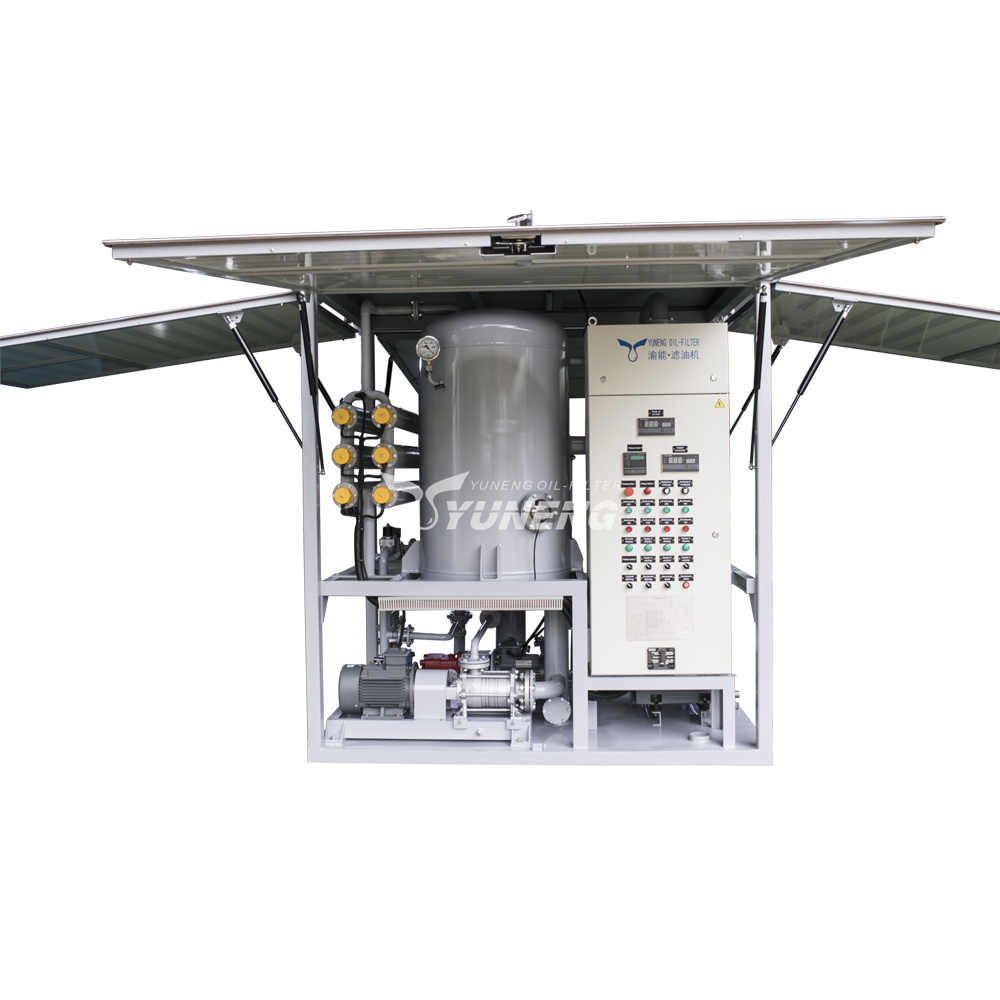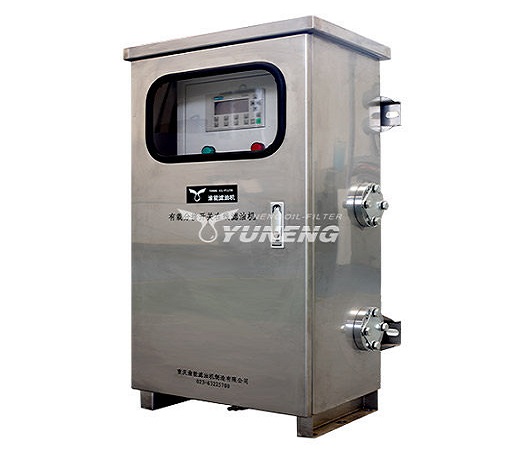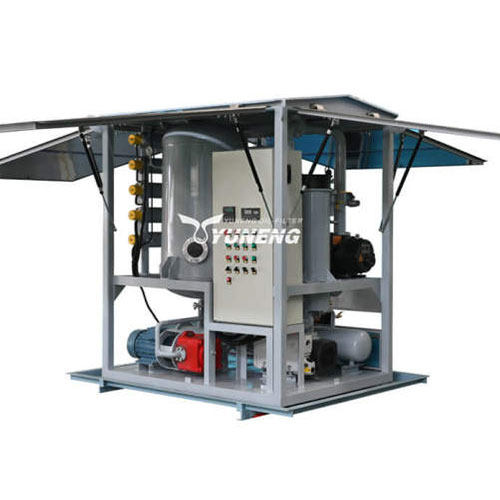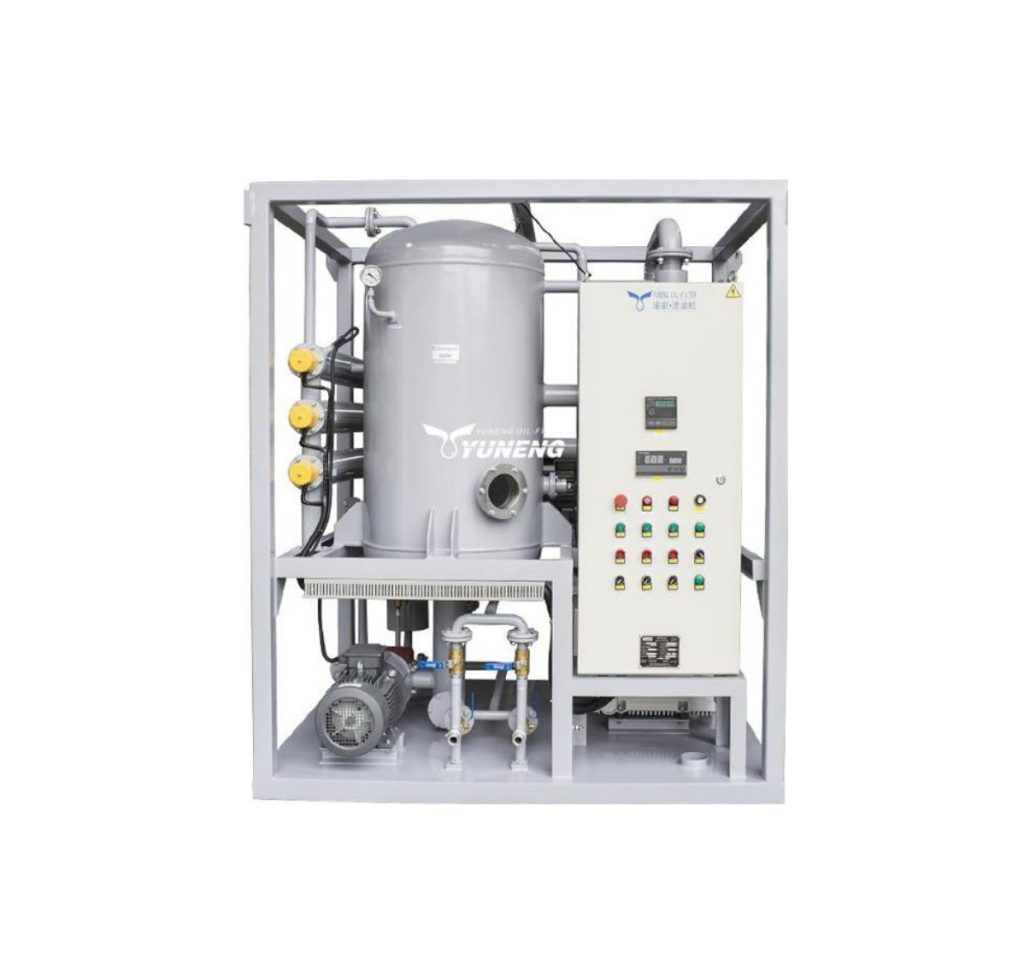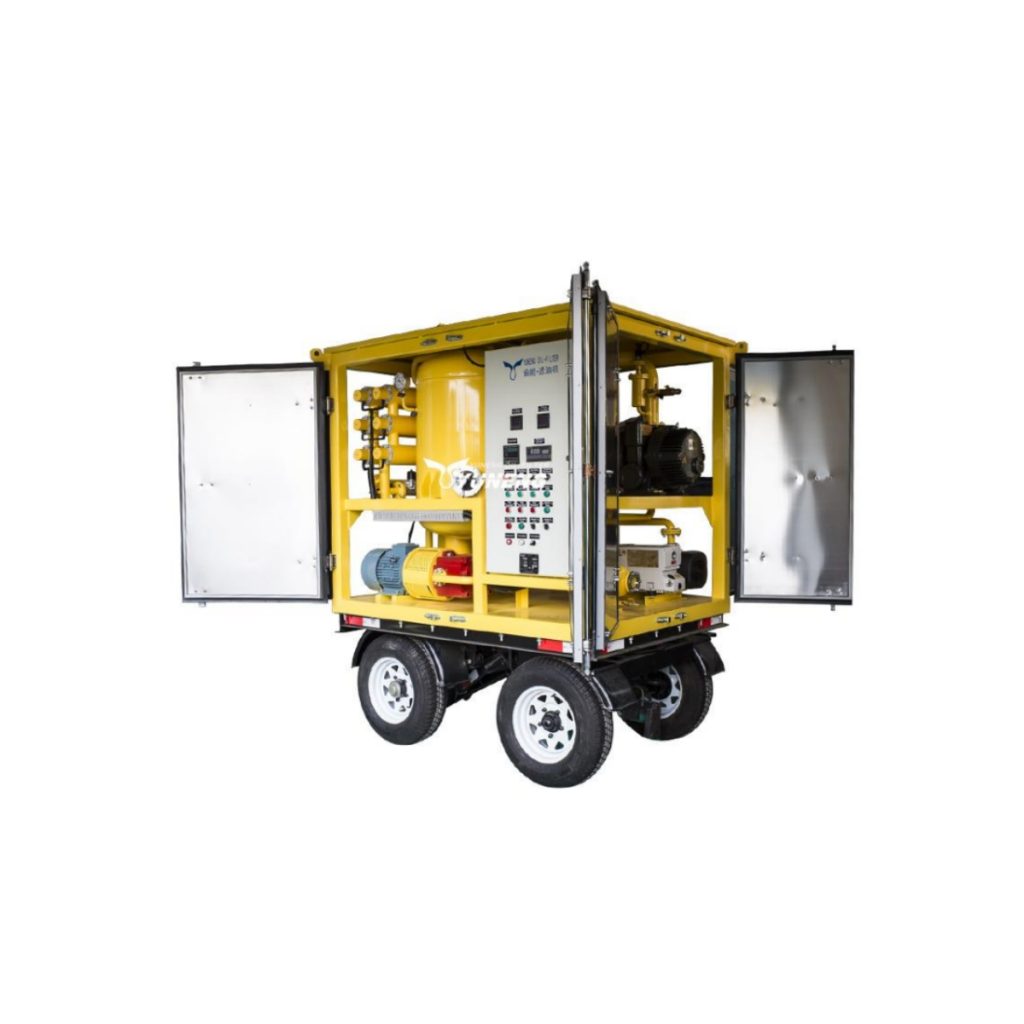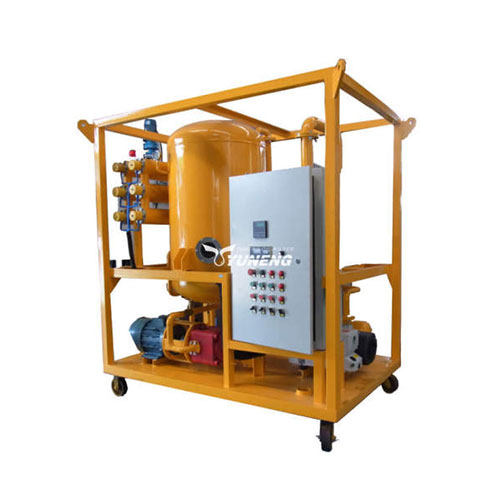Vacuum Oil Purifier in Electrical Systems
Electrical systems rely heavily on transformer oil for efficient and safe operation. This insulating oil plays a critical role in cooling transformers, preventing electrical arcing, and maintaining insulation integrity. However, over time, transformer oil can become contaminated with moisture, dissolved gases, and solid particles. This contamination degrades the oil’s properties, leading to reduced performance, increased risk of equipment failure, and potential safety hazards.
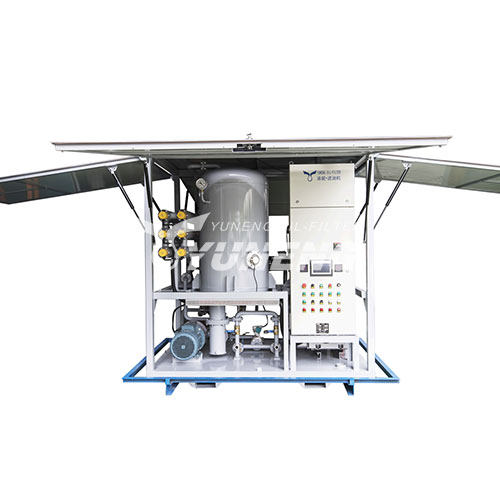
The Importance of Clean Transformer Oil
Clean transformer oil is essential for maintaining the optimal functionality and lifespan of electrical systems. Contaminated oil exhibits several negative characteristics:
- Reduced Dielectric Strength: Water and gas contamination decreases the oil’s ability to resist electrical breakdown, increasing the risk of arcing and short circuits.
- Increased Viscosity: Moisture and sludge buildup can thicken the oil, hindering its ability to flow efficiently and cool the transformer windings effectively.
- Formation of Acidity: Degradation byproducts like organic acids can corrode transformer components and accelerate insulation breakdown.
- Sludge Formation: Solid contaminants like metal particles and oxidation products can accumulate as sludge, which can restrict oil flow and impede heat transfer.
Vacuum Oil Purifier: A Powerful Solution
Vacuum oil purifiers offer a highly effective method for removing contaminants from transformer oil, restoring its original properties, and extending its service life. These systems utilize a combination of vacuum pressure, filtration, and sometimes heating to achieve optimal purification.
The Core Technology: Vacuum Dehydration in Oil Purification Systems
The cornerstone technology employed by most vacuum oil purification systems is vacuum dehydration. This process revolves around creating a low-pressure environment within the transformer oil. Here’s a detailed breakdown of how it works:
- Pressure Reduction: A powerful vacuum pump extracts air and other gases from a chamber containing the oil. This significantly reduces the pressure within the chamber, creating a near-vacuum environment.
- Lowered Boiling Points: Under these reduced pressure conditions, the boiling points of water and dissolved gases present within the oil are drastically lowered. This means that the contaminants begin to vaporize and transition from their liquid state to a gaseous state at much lower temperatures compared to atmospheric pressure.
- Moderate Heating: The oil is then moderately heated using controlled heating elements. This additional thermal energy further accelerates the evaporation process, driving even more water and dissolved gases out of the oil and into the vapor phase.
- Vacuum Removal: The liberated water vapor and gases are continuously extracted from the chamber by the efficient operation of the vacuum pump. This continuous removal process maintains the low-pressure environment and facilitates the thorough extraction of contaminants.
- Solid Particle Filtration: Following the removal of water and dissolved gases, the oil is passed through a series of fine filters. These filters capture any remaining solid contaminants like dust particles, metal shavings, or fibers that may be present in the oil.
By combining these steps, vacuum dehydration oil purification systems effectively remove a wide range of contaminants from transformer oil, restoring its insulating properties and extending its operational life.
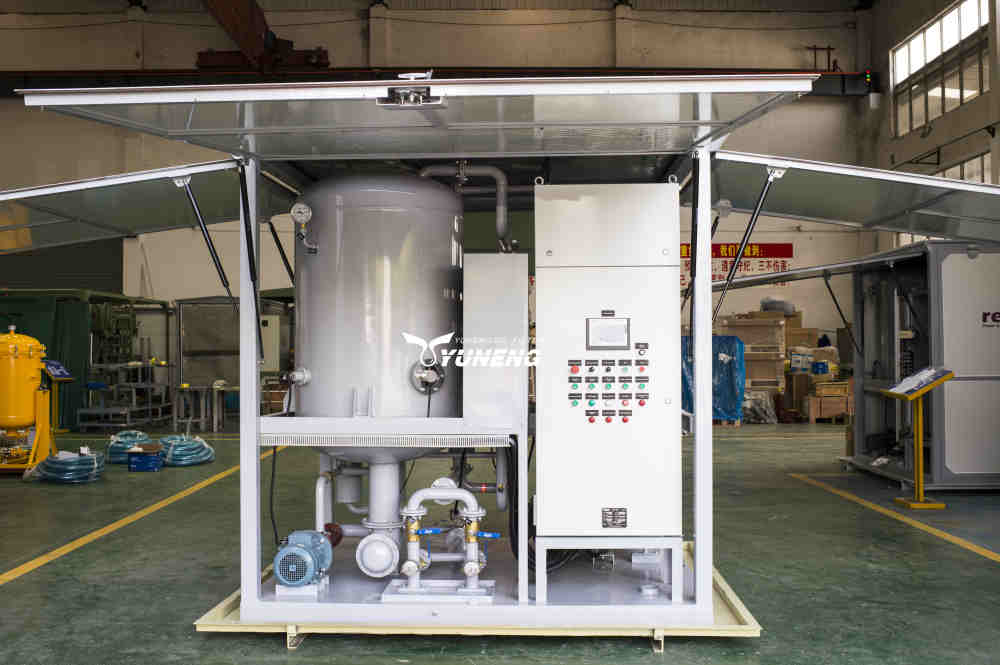
Benefits of Vacuum Dehydration for Transformer Oil
Vacuum dehydration offers a multitude of advantages for transformer oil, directly impacting its performance, longevity, and environmental footprint. Here are some key benefits as follows:
- Enhanced Dielectric Strength: As mentioned earlier, water and dissolved gases significantly reduce the oil’s ability to resist electrical current flow. By effectively removing these contaminants, vacuum dehydration drastically improves the oil’s dielectric strength. This translates to a higher voltage required to cause an electrical breakdown within the oil, minimizing the risk of internal arcing and transformer faults.
- Restored Thermal Performance: Moisture and sludge buildup within the oil can impede its ability to transfer heat effectively. Vacuum dehydration removes these contaminants, allowing the oil to regain its original viscosity. This ensures optimal heat transfer from the transformer core and windings to the cooling system, preventing overheating and potential damage to transformer components.
- Reduced Acidity and Corrosion Control: Transformer oil naturally degrades over time, generating acidic byproducts. These acids can accelerate the corrosion of transformer components like bushings and insulation. Vacuum dehydration helps remove these acidic contaminants, minimizing corrosion and extending the lifespan of critical transformer parts.
- Extended Oil Service Life: By effectively removing contaminants that contribute to oil degradation, vacuum dehydration significantly extends the operational life of transformer oil. This translates to substantial cost savings as transformer oil replacements become less frequent. Additionally, reduced maintenance downtime associated with oil changes becomes a benefit.
- Environmental Advantages: Transformer oil disposal is a complex and regulated process due to its potential environmental impact. Vacuum oil purification allows for the continued use of existing oil by restoring its properties. This significantly reduces the amount of oil requiring disposal, minimizing the environmental impact associated with the management of used transformer oil.
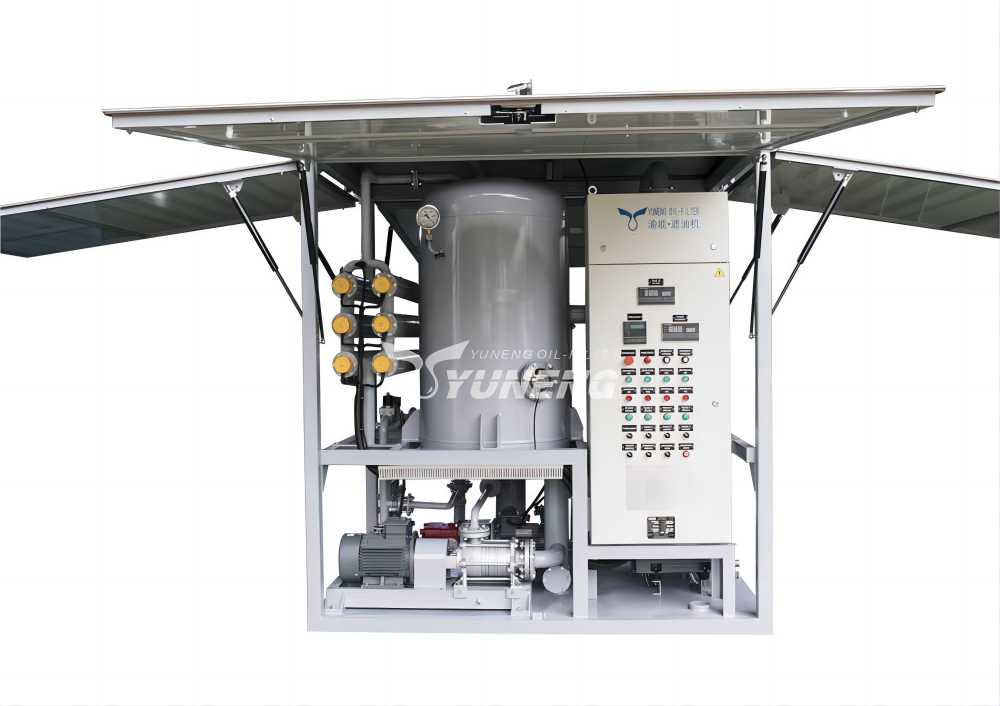
Vacuum Transformer Oil Purifiers: Specialized Features
While the core principles of vacuum dehydration apply to various oil types, transformer oil purification systems often incorporate specific features tailored to the unique requirements of transformer oil. These features may include:
- High-Capacity Vacuum Pumps: Transformer oil typically holds higher volumes of dissolved gases compared to other industrial oils. Specialized oil purifiers employ high-capacity vacuum pumps to efficiently remove these gases while maintaining a low operating temperature.
- Advanced Filtration Systems: Transformer oil purifiers often utilize multi-stage filtration systems with finer filters to ensure the removal of even the most microscopic solid contaminants.
- Online Processing Capabilities: Some advanced systems allow for online processing, enabling continuous oil purification while the transformer remains in operation. This is particularly beneficial for large transformers where taking them offline for maintenance can be disruptive and costly.
- Dielectric Strength Testing: Certain transformer oil purifiers integrate dielectric strength testing capabilities, allowing for real-time monitoring of the oil’s insulating properties dielectric strength testing, often incorporated into vacuum transformer oil purifiers, plays a crucial role in assessing the effectiveness of the purification process and the overall health of the transformer oil. This test measures the voltage required to cause an electrical breakdown (spark) between two electrodes immersed in the oil sample. A higher breakdown voltage signifies better insulating properties of the oil.
Here’s a breakdown of the dielectric strength testing process within a vacuum oil purifier:
- Oil Sampling: A small, representative sample of the processed oil is extracted from the purifier.
- Test Cell: The oil sample is introduced into a test cell equipped with standardized electrodes at a fixed gap distance.
- Voltage Application: The voltage across the electrodes is gradually increased at a controlled rate.
- Breakdown Voltage Measurement: The voltage at which the oil sample breaks down (spark occurs) is recorded as the dielectric strength.
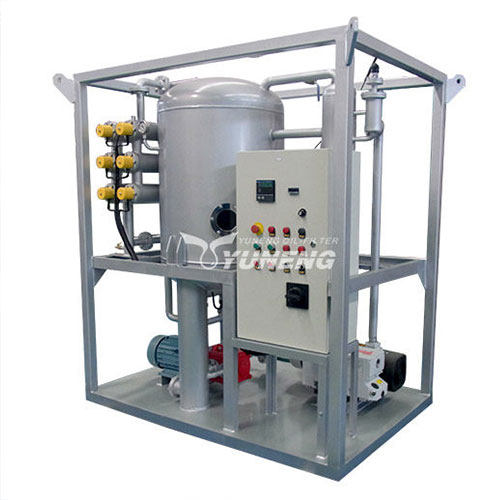
Understanding the Dielectric Strength Results
Industry standards, such as ASTM D877 (Standard Test Method for Dielectric Breakdown Voltage of Insulating Liquids by the Short-Time Method), specify minimum acceptable dielectric strength values for new and used transformer oil. These values typically range from 30 kV (kilovolts) per millimeter for unused oil to slightly lower values for used oil within acceptable operating limits.
By comparing the measured dielectric strength of the processed oil with the established standards, operators can determine the effectiveness of the purification process. If the value meets or exceeds the recommended level, it indicates successful contaminant removal and restored insulating properties. Conversely, a low dielectric strength reading suggests insufficient purification or severe oil degradation, necessitating further processing or potentially prompting oil replacement.
Additional Considerations for Vacuum Oil Purification
Here are some additional factors to consider when implementing vacuum oil purification in electrical systems:
- Selection of the Right System: Choosing a purifier with adequate capacity, vacuum power, and filtration capabilities is crucial for efficient oil processing and meeting the specific needs of the transformer and electrical system.
- Frequency of Oil Purification: Regular oil purification is recommended to maintain optimal oil quality and prevent contaminant buildup. The specific frequency may vary depending on factors like transformer operating conditions, load cycles, and initial oil quality.
- Safety Precautions: Proper handling and disposal of contaminated oil, following safety regulations, is essential during the purification process. Additionally, adhering to safe operation guidelines for the oil purifier itself is crucial to prevent accidents or equipment damage.
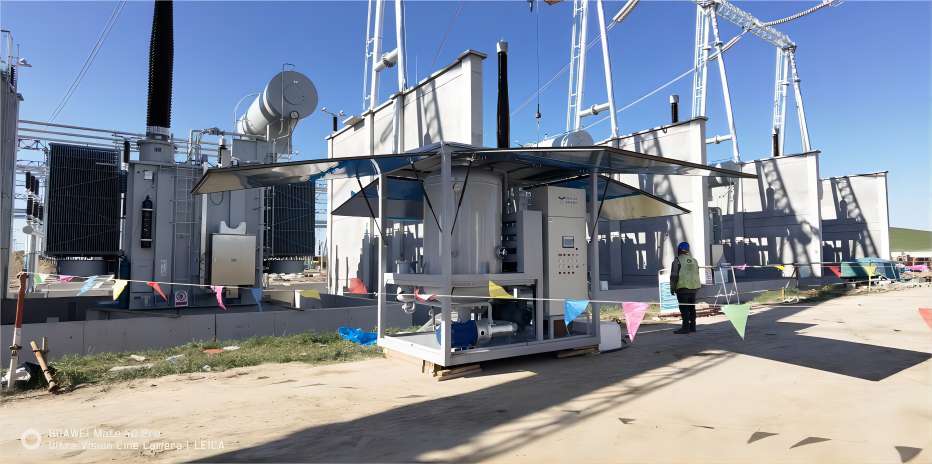
Conclusion
Vacuum oil purifier offers a powerful solution for maintaining the health and performance of transformer oil in electrical systems. By effectively removing contaminants like moisture, gas, and solid particles, vacuum dehydration extends transformer life, enhances electrical system efficiency, and reduces the risk of faults. With proper system selection, regular oil purification practices, and adherence to safety protocols, electrical system operators can ensure the reliable and efficient operation of their transformers for years to come.

